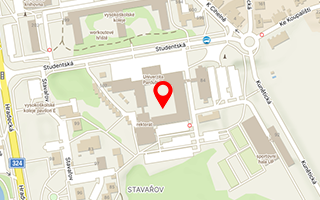- Introduction
research will result in a better incorporation of the nanoparticles into a polymer matrix, in an increased chemical stability, heat distortion
temperature, improved barrier and mechanical properties of prepared nanocomposites. The objective of chemical modification will be
mainly: (1) improved flame retardancy using modifying components based on halogen free phosphorus compounds and (2) increase
of photostability using UV absorbers.

